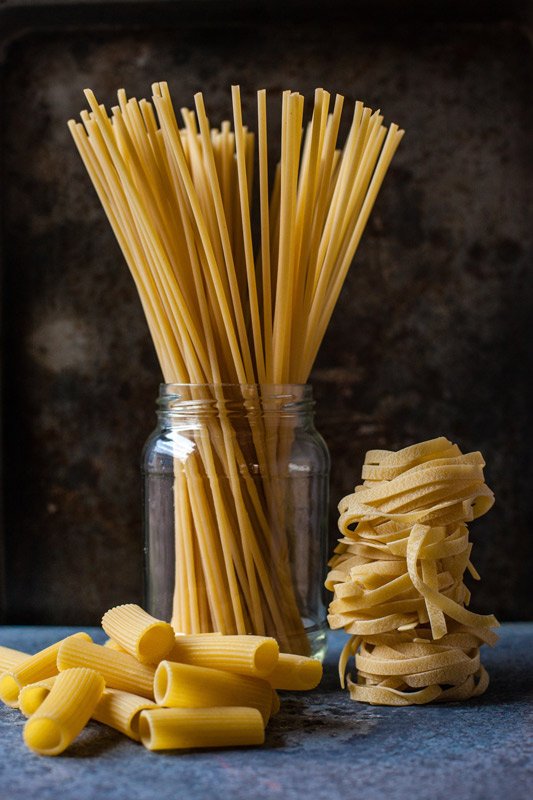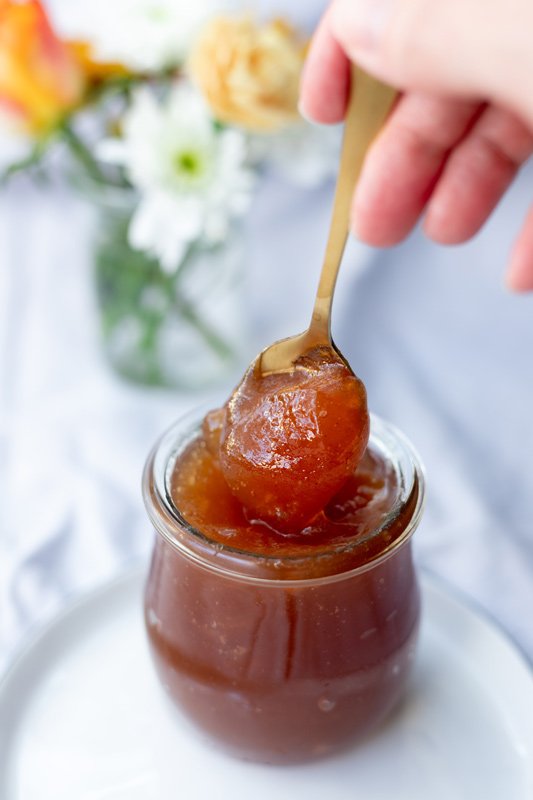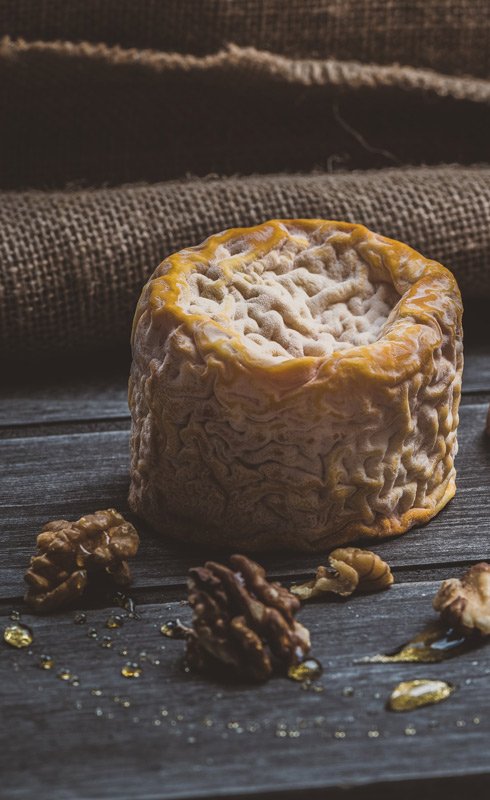Your freezer is a time saver and a very effective source of preservation. In addition to preserving food, it also prevents wasting it by throwing away excess quantities. But, do you know what foods can be frozen and how? And what are the best defrosting practices or what effects does freezing have on certain foods? We tell you everything!
YOGURTS

Yogurts, whether homemade or not, can be frozen , but their texture after defrosting will be lumpy . Not very pleasant in the mouth. But good news, you can freeze them to eat them as ice cream . A good solution for a summer snack.
PASTA :

It is sometimes difficult to calculate the exact amount of dough we need. And once cooked, we have too many. The solution is to freeze them . You can then defrost them at room temperature, then put them in the microwave to reheat them. But avoid putting them back in boiling water, otherwise you risk having puree. Fresh pasta can also be frozen. And if you haven't already cooked them, you can defrost them while cooking them in boiling water.
JAM :

Yes, the jam can be frozen . If you also make your own jam, let it cool completely before freezing it in a freezer tray (the glass risks cracking). Store-bought jams can also be frozen after opening.
CHEESE :

Like yogurt, some soft cheeses become lumpy after freezing. But you can freeze hard cheeses like Parmesan.
PASTRIES :

Pastries also freeze very well. Little tip: freeze them separately to prevent them from sticking together. To defrost, leave them at room temperature and put them in the oven for 5 minutes at 150 degrees.
While some foods freeze very well without changing their texture, it is important to know which ones can be frozen and whether they can be consumed in this state.
